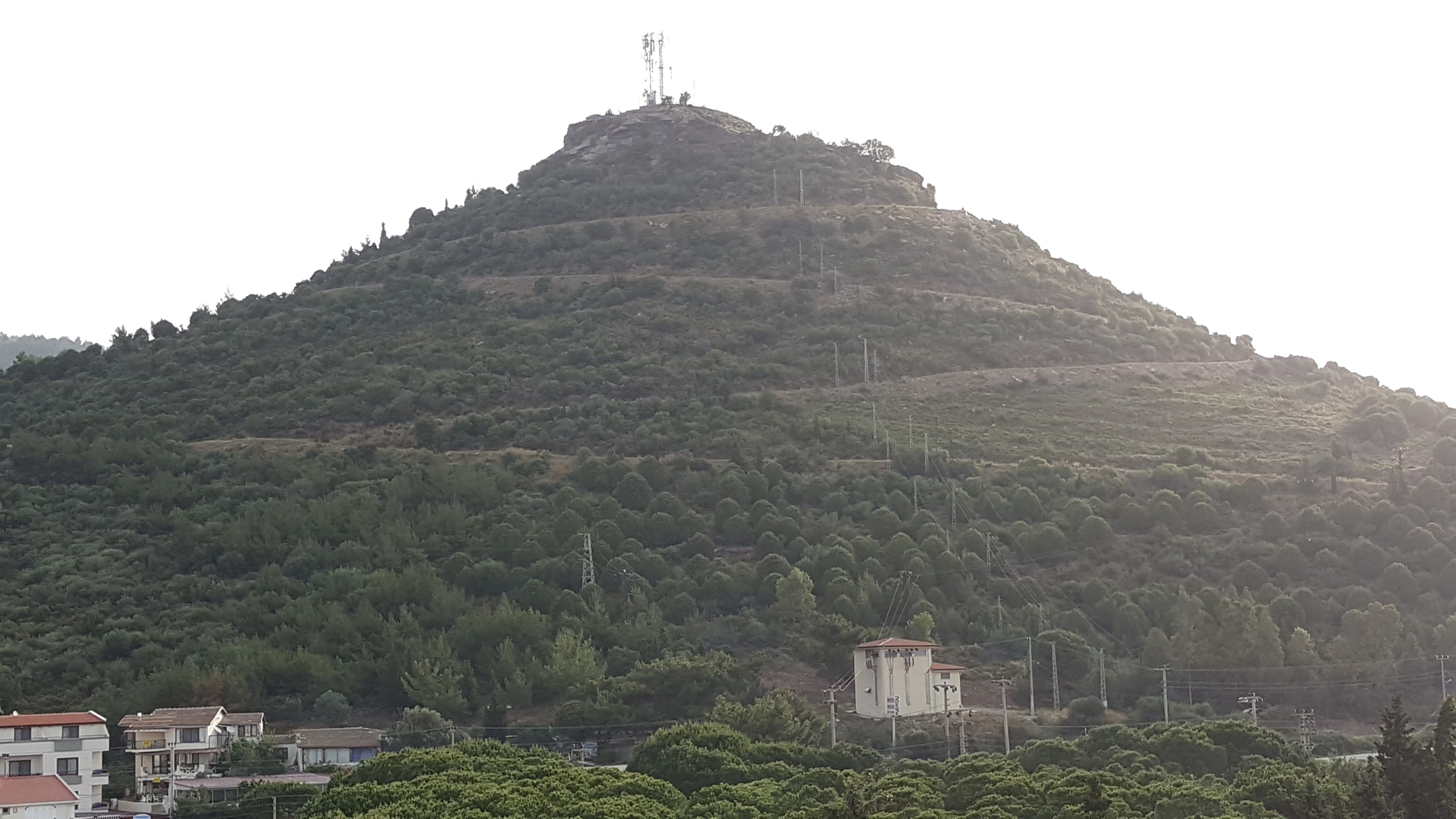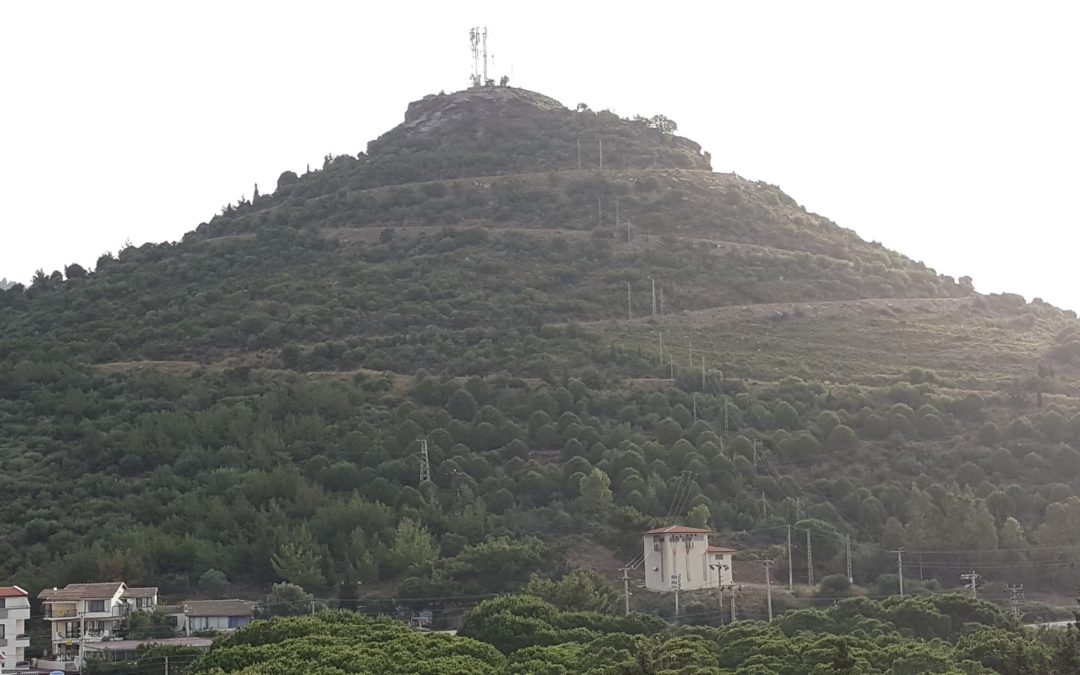
Last week I was in Turkey for a conference, and I ran a couple of times with Jason Nelson (our speaker) and Blind-Spot cofounder Don Jones. One morning we decided to run up the “mountain” outside of our resort near Izmir. Total distance run – a little over 4k. 4 kilometers is a short run. Don and I regularly cover more than 10 together, but this was an uphill trail run. That is harder!.
Finding the Zone
One of the things I love about running is finding the “zone”. When I run on level ground, it is not uncommon to get into that perfect pace where your feet know where they are going and what they are doing, and you can invest time thinking about something else – problem solving, internal conversations, or prayer.
But when I am mountain trail running, that does not happen. I need to focus, constantly evaluating the terrain and carefully choosing where I put my feet. Every step is a possible misstep. I need to make adjustments to foot placement, pace, body position, and length of stride. There is no coasting – it is constant thought and deliberation.
Even hitting the peak and celebrating the victory means that I have to turn around and go downhill. Sure, I am no longer fighting gravity, but I still have to run the trail. There is no mental coasting.
Sometimes, that is the way my life is as well. There are times when I am coasting smoothly. I have found my rhythm. Everything is great – and there is a part of our mental makeup that craves this luxury of coasting and ease. For an in depth description of how this works, I recommend Thinking Fast and Slow by Daniel Kahneman. Leaders who want to climb mountains cannot afford that luxury, however!
The Leadership Mountain
Here are some tips for facing those leadership mountains:
Modify the Pace.
My mountain running pace is not going to be the same as my level ground pace. Trying to run the mountain with my normal pace will only leave me frustrated.
Leadership challenges are the same. New challenges cannot be handled with the same ease as familiar challenges.
Adjust your Style.
My running style also has to change on mountains. Uphill and downhill running are very different than normal running. Not only to I have to be more aware of my footing, I have to change my gait, my posture, and my breathing.
When I find myself taking on new adventures, I also have to change how I lead. I need to adapt a new gait, I need to pay attention to my footing, I need to allow my posture to be influenced by the situation in which I find myself. Of course we maintain integrity, and stay true to who we are in key issues. A good mountain can help us determine what those key issues are.
Celebrate the Mountain Top
I did my “Rocky” celebration at the top of the mountain. I took a couple of selfies. I drank a little water. Even though we were only half way, we did not just overlook the opportunity to be happy about making it half-way.
After all, the HARD half was finished. And that is worth celebrating. Sometimes we forget to recognize the “on-the-way accomplishments”, which can be discouraging to everyone involved. This is especially true if the mountain is exhausting. Allow yourself and others time to celebrate what has already been accomplished.
Get back on the Trail
If we would have celebrated for too long, though – we would have hit that cool-down stage that would have made getting moving again hard. Recovery is important. But becoming stationary has potential negative side-effects.
Celebrate, but also keep the team in motion. Don’t let the half-way point become the stopping point!
Recognize Capacity and Diversity
When we got back to the hotel, the three of us went 3 different directions. One back to the room, one to grab coffee, and one to add on some more exercises. All of those are appropriate responses. Allow diversity in celebration and recognize differing capacity. As a leader, avoid letting your team become judgmental about different ways of celebrating their accomplishments.


Great points about leadership, Mike. I especially appreciate your closing comments about not becoming stationary, and allowing diversity of celebration!
Thanks, Stephen!
Also celebrate capacity and diversity along the way. Not only did you celebrate your own accomplishment, but you also celebrated mine as I arrived a few minutes after the two of you. Thanks for the run. Thank you also for the leadership insights!
Great point, Jason! Diversity and capacity are not just seen at the end, they are also experienced during the journey. And even though they can, at times, be a cause for frustration – they do not need to be. They can also be celebrated!
And it was great running with you – up the mountain and along the coast.